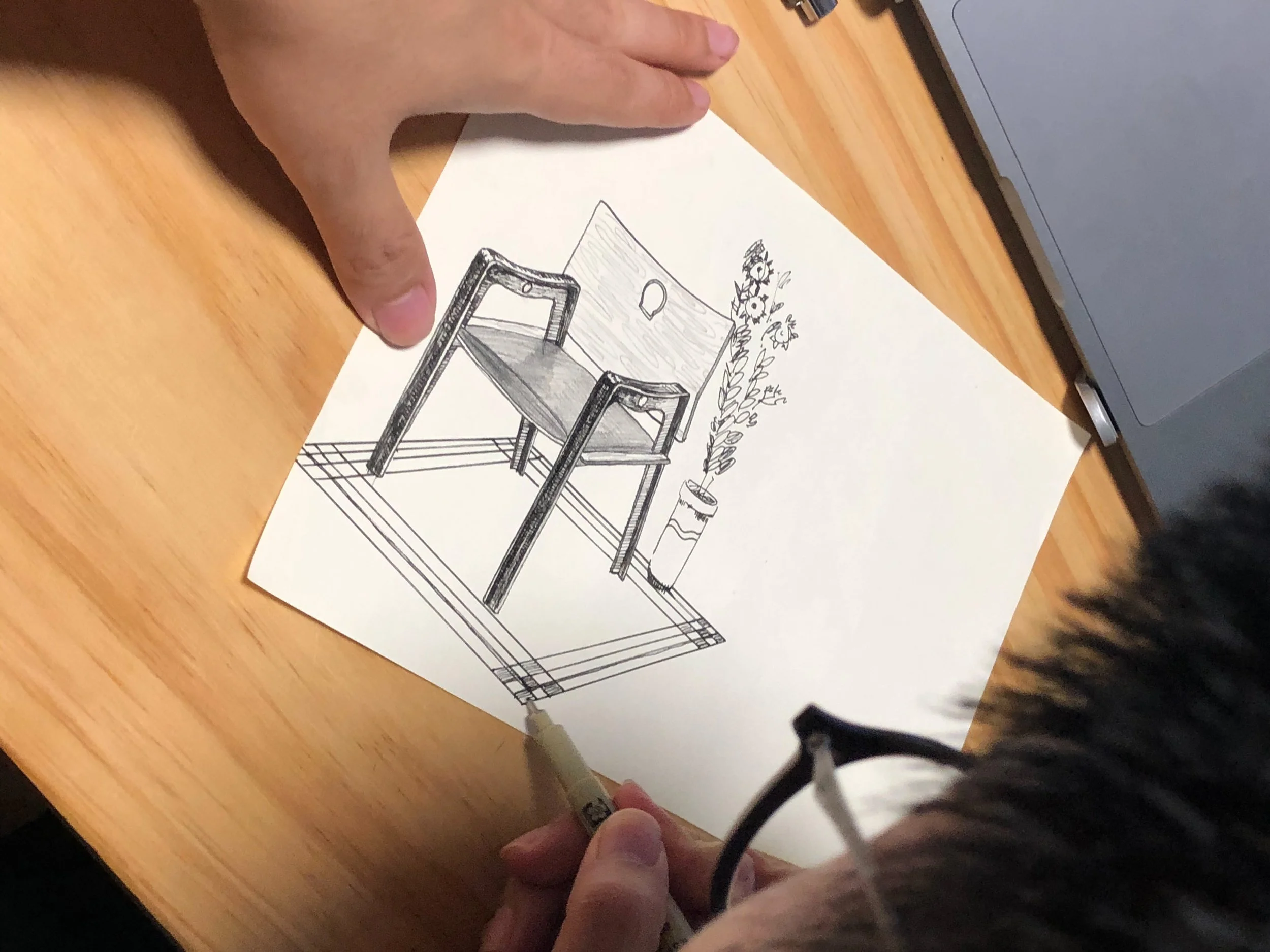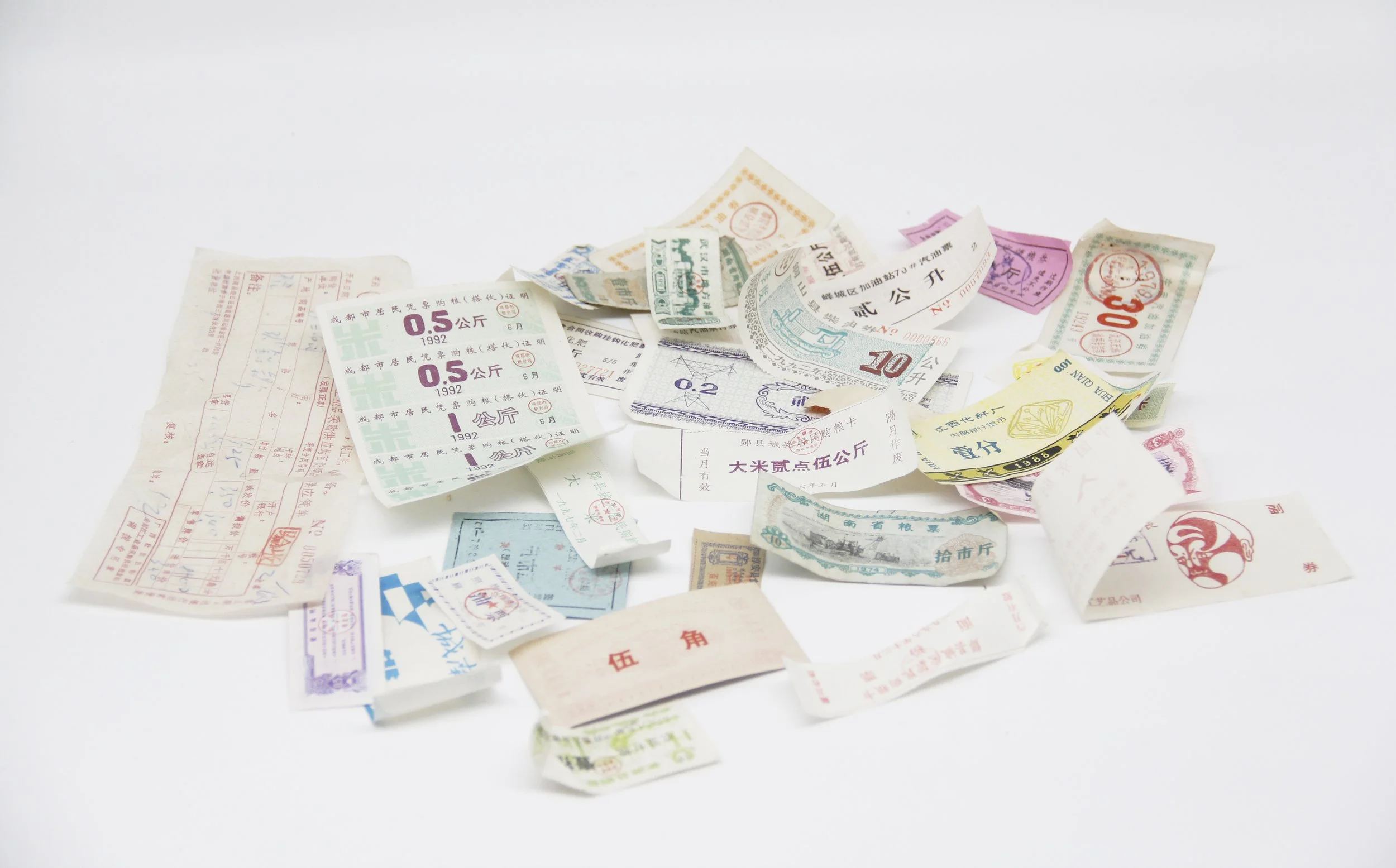In the Shadow of Western Design
Gu Qing Was born in Beijing. Both of his parents were Communist party officials who had trained as engineers and who were instrumental in the early mechanisation of Chinese industrial production of bicycles. At the age of 16 his father sent him to stay with his uncle in Shanghai. His uncle What is an architect working alongside many of the European companies who are building modernist buildings with flat roofs and metal windows in the French concessions in Shanghai. He travels with his uncle to Paris in 1928. Whilst there, his uncle introduced him to Jean Prouve. Prouve was an important architect and furniture designer who was using interesting ways of folding, welding and prefabrication to create series prototypes for school and industrial furniture.
Jean Prouve
In the Shadow of Western Design
On his return from France the uncle tasked his nephew with designing a series of furniture to go into the Villa have an important French diplomat who was living in Chang-su Lu. Only one round of the furniture was ever produced and the drawings were recently discovered in the archive of an antique dealer who went into the house in 1989 to remove the contents. The furniture was made in a bicycle factory which was recommended by the father. The original intention was to put these into serial production but because of the Japanese war the designs were never realised in more than one piece This is the one remaining chair from that suite of furniture that was designed for the diplomat. It shows many of the influences of proof. The drawings show great sophistication and understanding of metalworking processes. There are some unique Chinese details in the construction of the the wooden elements. There are some gentle Chinese motifs which sits nicely alongside the geometrical formula of the chair. The chair was designed for a desk which sat in the living room of the diplomat. Sadly no photo-graphs exist of the interior.
Living room, Shanghai, French diplomat
Wrote the fiction with furniture
Gu Qing and his families 1910
Abandoned sketches
'Pop spirit' in China
In 1955, the great Chairman Chinese president Mao put forward the slogan "The countryside is a vast world, where much can be done" and put forward a nationwide movement that educated youth go from City to the rural areas. After his previous experience of working as an architect in Shanghai, Gu Qing became driven by a sense of national responsibility and obligation. On October 15, 1958, he joined a "Shanghai Volunteer Wasteland Reclamation Team" composed of 98 passionate youths and went together. In Jiuxianling, Jiangxi Province, there were 25 girls in the team. The youngest was only 15 years old. in the first year. They lived in a simple hayloft, ate rice porridge and dried porridges, prepared the ground and planted seeds in spring, and hoeed in summer. Harvest grass and wheat, harvest corn and soybeans in autumn, and repair farm machinery in winter.
Gu Qing and his colleagues
'Pop spirit' in China
He also participated in manual weeding, wheat cutting, and bean cutting. In the second year, because of his excellent work ability, Gu Qing went to work in the yard, mainly dealing with the harvested wheat, soybeans, and corn. The main tasks were turning the sun, raising the field, bagging, loading, and stocking. Pellet fertilizer is made in winter and used for sowing the next year. The heavy bag of grain was of great significance to him and China at that time. At that time, grain was the proof and result of all labor. It could be used to replace coupons as the purchase qualification and then to replace other different commodities even the salary from the government. It was the period of “plan economic“ in Chinese society at that time.
A diary from Gu Qing recalled The bulging food bags lay lazily in the field, waiting neatly for the comrades in charge of picking up , Lying on the grain bag, under the bag is nearly 100 catties of grain, 20 catties of meat, or 80 catties of flour... noodles, cauldron meat, steamed buns...the most important thing is I eventually finish the task which I need to complete.
Old photos by Gu Qing
Wrote the fiction with furniture
Gu Qing and his colleagues
Abandoned stool, China, unknown
Food coupon in China, 1960
Design by Gu Qing, 1960















